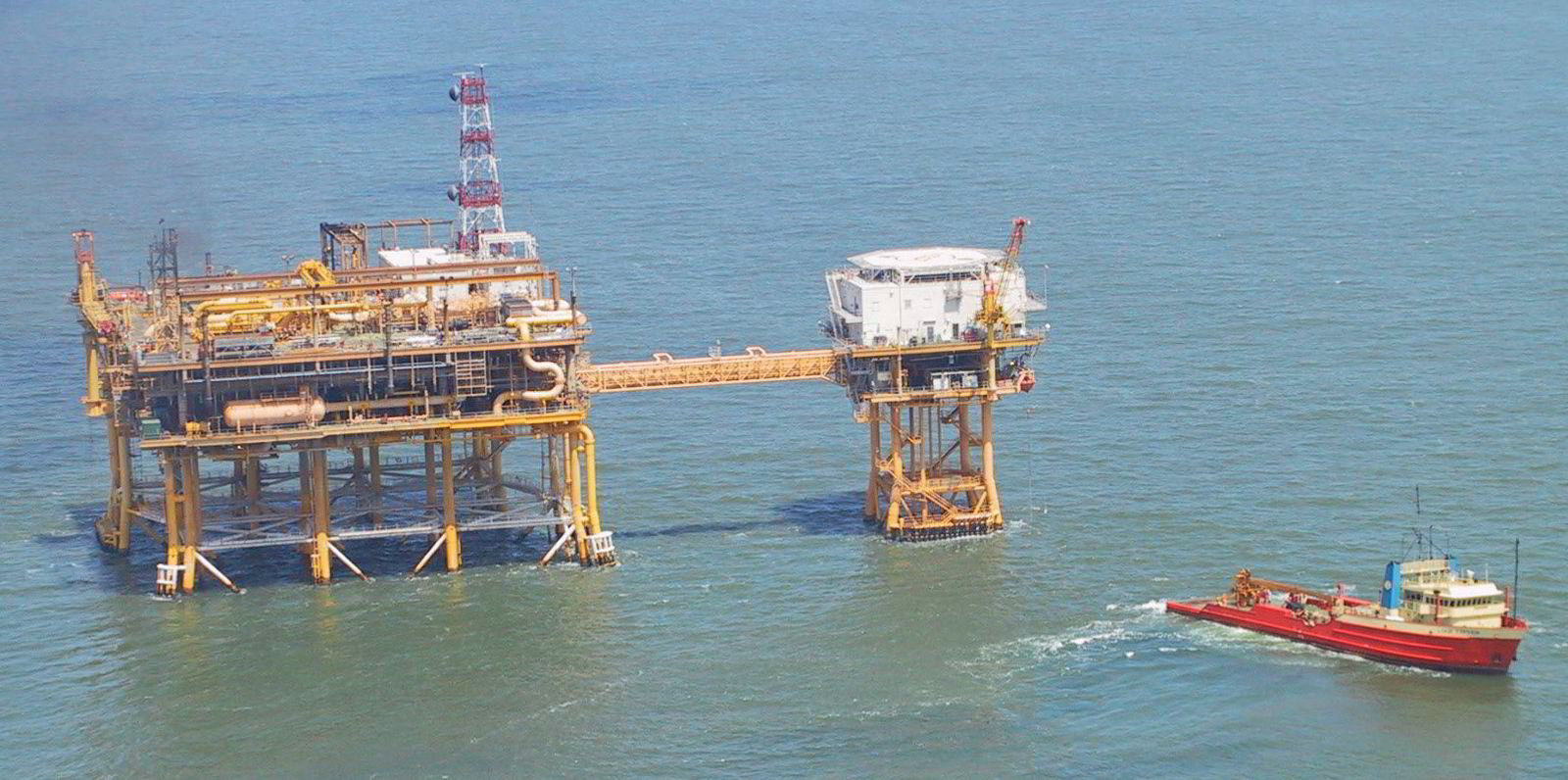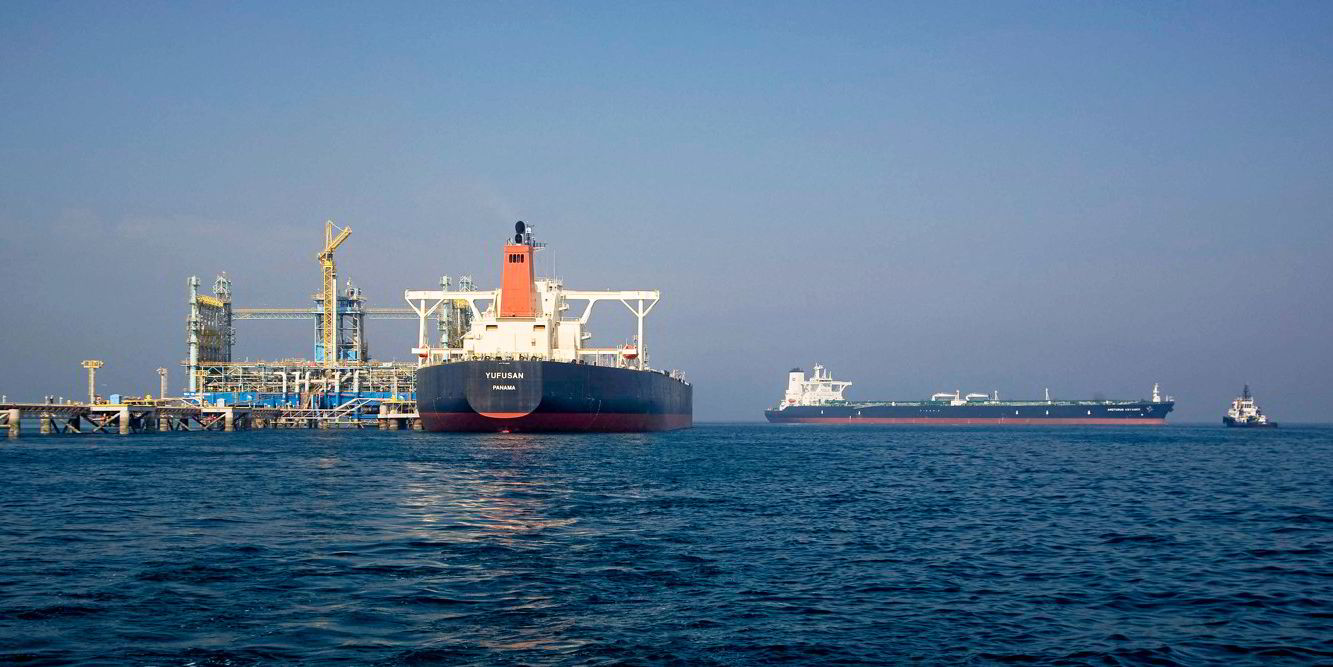Rising US crude imports are providing tanker owners with more employment opportunities, but their actual impact on freight rates is limited due to severe oversupply, according to industry data and experts.
With American refineries hiking crude runs to meet recovering oil consumption, Kpler figures show seaborne crude imports of the world’s largest oil consumer are on track to reach a one-year high of 2.63m barrels per day in June.
The development has come in parallel with a recent recovery in spot earnings of aframax and suezmax tankers, the two vessel classes responsible for nearly 90% of US imports.
Baltic Exchange assessments showed average aframax earnings rose by $2,247 this month to almost $4,800 per day. Daily average suezmax earnings also gained $981.
“It is good for the market that the US is consuming again,” a commercial manager said.
But some analysts suggest the positive effects on tonne-mile demand from more US crude purchases are limited in a market flush with tonnage.
“Imports into the US have been recovering in recent months, when compared to the first quarter of this year and compared to the second half of last year,” said Ralph Leszczynski, head of research at shipbroker Banchero Costa.
“[But] the numbers are not impressive by any means.”
The June figure is still low by historical standards. Seaborne crude imports into the US amounted to 3.11m bpd in 2019, Kpler data reveals.
Moreover, Leszczynski said US oil firms are increasingly buying more from other producers in the Americans at the expense of Middle Eastern barrels, which is negative for tonne-mile demand.
Others suggested that with US refiners showing strong appetite for sour grades from overseas suppliers, more sweet crude could be exported from the country.
Total crude production in the US has been about 11m barrels per day (bpd) in recent weeks, far below the all-time peak of 13m bpd reached in early 2020, according to government figures.
Data firm Vortexa’s senior freight analyst Arthur Richier said tanker owners should look for employment from US crude exports instead as domestic production has room to grow.
“US crude production will recover quicker than its domestic refinery demand can handle,” Richier said. “We'll see an increase in exports of those spare volumes that will benefit tankers loading in the region.”






